Home>Maintenance & Safety>Pest Control Solutions>What Happens To Yellow Jackets In Winter
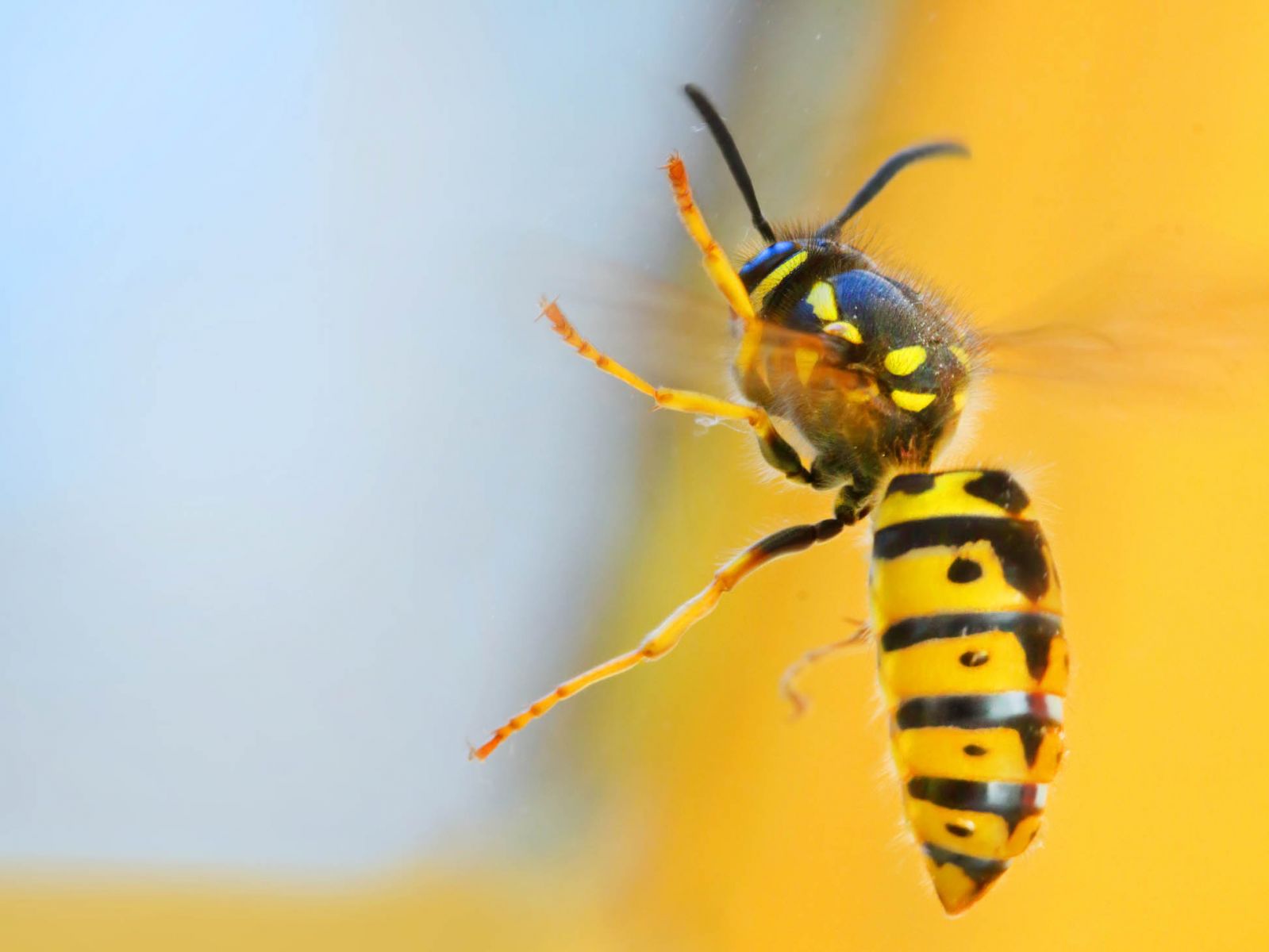

Pest Control Solutions
What Happens To Yellow Jackets In Winter
Modified: October 18, 2024
Learn about effective pest control solutions for yellow jackets in winter. Discover how to keep these pests at bay during the colder months.
(Many of the links in this article redirect to a specific reviewed product. Your purchase of these products through affiliate links helps to generate commission for Storables.com, at no extra cost. Learn more)
Introduction
Yellow jackets, known for their distinctive yellow and black markings, are a common sight during the warmer months. These aggressive insects are a type of wasp, belonging to the Vespula and Dolichovespula genera. While they are notorious for their painful stings and persistent presence at outdoor gatherings, their behavior and activities undergo significant changes as the colder months approach. Understanding what happens to yellow jackets in winter is crucial for homeowners and pest control professionals alike. In this article, we will delve into the intriguing life cycle of yellow jackets, explore their behavior during the winter season, and uncover the survival strategies that enable them to endure the harsh conditions. Join us on this fascinating journey into the world of these remarkable insects.
Key Takeaways:
- Yellow jackets survive winter by hibernating in protected locations, conserving energy in a state called diapause. This allows them to endure the cold months and emerge in spring to initiate new colonies.
- The survival strategies of yellow jackets include physiological adaptations, such as decreasing metabolic rate, and behavioral adaptations, like conserving resources. Understanding these strategies helps in effective pest management.
Read more: What Are Yellow Jackets Good For
Life cycle of yellow jackets
Yellow jackets, like many other social wasps, have a complex and fascinating life cycle that unfolds over the course of a year. Their life cycle can be divided into four main stages: colony initiation, growth, reproduction, and overwintering.
Colony Initiation:
The life cycle of yellow jackets typically begins in the spring when the overwintered queens emerge from their hibernation sites. These queens, having mated the previous fall, search for suitable nesting sites to establish new colonies. Ideal nesting locations include underground burrows, hollow trees, and even human-made structures such as attics or wall voids. Once a suitable site is found, the queen begins constructing a small paper nest and lays her first batch of eggs. She then assumes the role of a solitary queen, tending to the initial brood until the first workers emerge.
Growth:
As the first generation of workers emerges, they take over the responsibilities of foraging for food, expanding the nest, and caring for subsequent broods. The colony rapidly grows in size and activity during the summer months, with the population reaching its peak in late summer or early fall. At this stage, the colony may consist of hundreds or even thousands of individuals, all working together to ensure the survival and prosperity of the colony.
Reproduction:
As the days grow shorter and temperatures begin to drop, the colony's focus shifts from growth to reproduction. The queen starts producing new queens and males, which are reared to maturity by the workers. Once mature, the new queens and males leave the nest to mate. After mating, the males die, and the newly mated queens seek out suitable overwintering sites to wait out the cold months.
Overwintering:
The overwintering queens seek shelter in protected locations such as leaf litter, rotting logs, or human-made structures. They enter a state of dormancy, known as diapause, to conserve energy and survive the winter. The remaining colony members, including the workers and the original queen, perish as the temperatures continue to drop.
Understanding the life cycle of yellow jackets provides valuable insights into their behavior and enables effective pest control strategies to be implemented at different stages of their development.
Behavior of yellow jackets in winter
As the temperatures plummet and the natural world undergoes a dramatic transformation, the behavior of yellow jackets, like many other insects, is profoundly influenced by the onset of winter. Unlike honeybees, which maintain their colonies throughout the winter, yellow jackets exhibit a strikingly different approach to the colder months.
With the arrival of winter, the once bustling and vibrant yellow jacket colonies begin to dwindle. The workers, having fulfilled their duties of foraging for food and caring for the colony, reach the end of their life cycle. As a result, the colony's population declines, and the familiar sight of yellow jackets buzzing around becomes increasingly rare.
The overwintering queens, however, adopt a contrasting strategy to ensure their survival during the harsh winter conditions. Having mated in the fall, these resilient queens seek out protected and insulated locations to hibernate until the arrival of spring. Common overwintering sites include leaf litter, rotting logs, and even human-made structures such as attics or sheds. Once settled in their chosen refuge, the queens enter a state of dormancy known as diapause. This energy-conserving state allows them to endure the winter months with minimal resources, effectively preserving their vitality for the upcoming breeding season.
During this period of dormancy, the overwintering queens remain remarkably inactive, conserving their energy reserves and patiently awaiting the arrival of warmer temperatures. Their metabolic rate decreases significantly, enabling them to survive for several months without the need for sustenance. This survival strategy is essential for the continuation of the species, as the overwintering queens represent the future of the yellow jacket population.
The behavior of yellow jackets in winter serves as a testament to their remarkable adaptability and resilience in the face of adversity. While the once thriving colonies fade into obscurity, the overwintering queens quietly endure the harsh conditions, poised to emerge and initiate new colonies when the cycle of life begins anew in the spring.
Understanding the behavior of yellow jackets in winter provides valuable insights for pest control professionals and homeowners, allowing them to anticipate and prepare for the resurgence of these industrious insects as the seasons change.
Yellow jackets do not survive the winter. Only the queen will hibernate and start a new colony in the spring.
Survival strategies
The survival strategies employed by yellow jackets during the winter months are a testament to their remarkable adaptability and resilience in the face of harsh environmental conditions. As the temperatures plummet and food sources become scarce, these resourceful insects rely on a combination of behavioral and physiological adaptations to endure the challenges of winter.
One of the key survival strategies utilized by yellow jackets is the overwintering behavior of the queens. After mating in the fall, the overwintering queens seek out protected and insulated locations to hibernate until the arrival of spring. These overwintering sites, which may include leaf litter, rotting logs, and human-made structures such as attics or sheds, provide crucial shelter from the elements. Once settled in their chosen refuge, the queens enter a state of dormancy known as diapause. This energy-conserving state allows them to endure the winter months with minimal resources, effectively preserving their vitality for the upcoming breeding season.
During diapause, the metabolic rate of the overwintering queens decreases significantly, enabling them to conserve energy and survive for several months without the need for sustenance. This remarkable physiological adaptation allows the queens to endure prolonged periods of dormancy, minimizing their energy expenditure and maximizing their chances of survival until the arrival of more favorable conditions.
In addition to physiological adaptations, yellow jackets also exhibit behavioral strategies to enhance their chances of survival during the winter. As the temperatures drop and the colony's population declines, the remaining workers and the original queen diligently prepare for the impending winter by minimizing activity and conserving resources. This prudent approach allows the colony to allocate its remaining resources efficiently, ensuring that essential reserves are preserved for the overwintering queens.
Furthermore, the construction and location of the nests also play a crucial role in the survival of yellow jackets during the winter months. The intricate architecture of the nests, often situated in protected areas, provides insulation and shelter from the elements, contributing to the overall resilience of the colony.
By combining these physiological, behavioral, and environmental adaptations, yellow jackets demonstrate a remarkable ability to withstand the challenges posed by winter. These survival strategies enable the overwintering queens to endure the harsh conditions, ensuring the continuity of the species and the eventual resurgence of yellow jacket populations when the cycle of life begins anew in the spring.
Understanding these survival strategies provides valuable insights for pest control professionals and homeowners, allowing them to anticipate and prepare for the resurgence of yellow jackets as the seasons change. By leveraging this knowledge, effective pest management strategies can be implemented to address yellow jacket infestations and minimize their impact on human-inhabited areas.
Conclusion
In conclusion, the intricate and captivating world of yellow jackets unveils a remarkable tale of adaptation, resilience, and survival. As the seasons transition and the natural landscape undergoes profound changes, the behavior and life cycle of these industrious insects reflect a delicate balance between persistence and dormancy.
The life cycle of yellow jackets, characterized by colony initiation, growth, reproduction, and overwintering, offers a captivating insight into the intricate dynamics of their societies. From the emergence of overwintered queens in the spring to the diligent preparation for winter dormancy, each stage of their life cycle contributes to the enduring success of the species.
The behavior of yellow jackets in winter paints a vivid picture of transformation and resilience. As the once bustling colonies dwindle, the overwintering queens seek refuge in protected locations, entering a state of dormancy to conserve energy and endure the harsh conditions. This remarkable strategy ensures the continuity of the species, laying the foundation for the resurgence of yellow jacket populations in the upcoming spring.
Furthermore, the survival strategies employed by yellow jackets during the winter months, encompassing both physiological and behavioral adaptations, underscore their remarkable ability to withstand adversity. From the energy-conserving diapause of the overwintering queens to the prudent resource allocation within the dwindling colonies, these strategies exemplify the ingenuity and resilience of these remarkable insects.
Understanding the behavior and survival strategies of yellow jackets in winter is essential for homeowners and pest control professionals. By gaining insights into the intricate dynamics of yellow jacket colonies and their adaptations to winter conditions, effective pest management strategies can be implemented to address infestations and minimize their impact on human-inhabited areas.
In essence, the captivating journey into the world of yellow jackets in winter unveils a story of perseverance, adaptation, and resilience. As the overwintering queens patiently await the arrival of spring, poised to initiate new colonies and continue the cycle of life, their remarkable strategies and behaviors serve as a testament to the enduring success of these industrious insects in the face of changing seasons and environmental challenges.
Frequently Asked Questions about What Happens To Yellow Jackets In Winter
Was this page helpful?
At Storables.com, we guarantee accurate and reliable information. Our content, validated by Expert Board Contributors, is crafted following stringent Editorial Policies. We're committed to providing you with well-researched, expert-backed insights for all your informational needs.
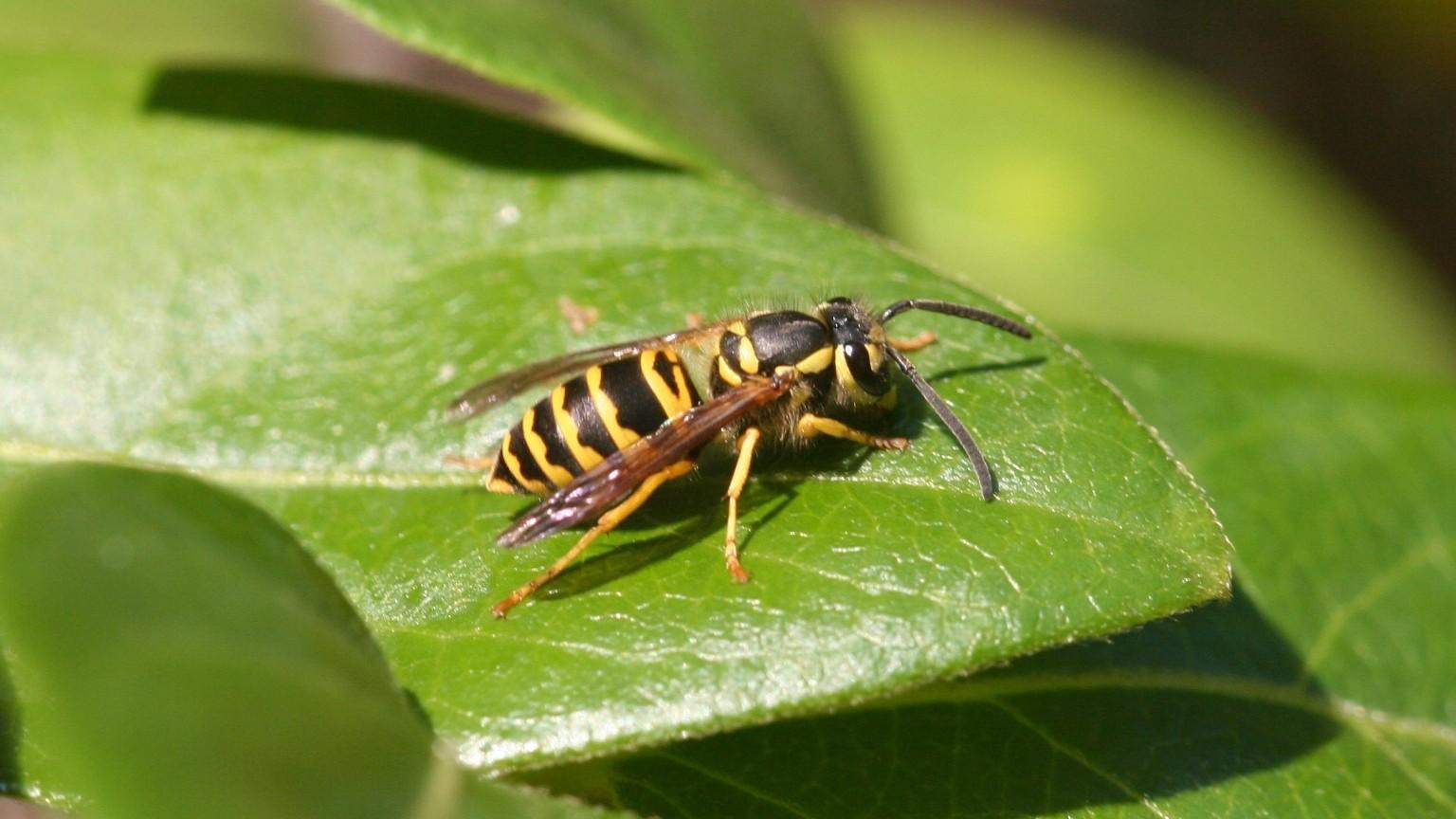
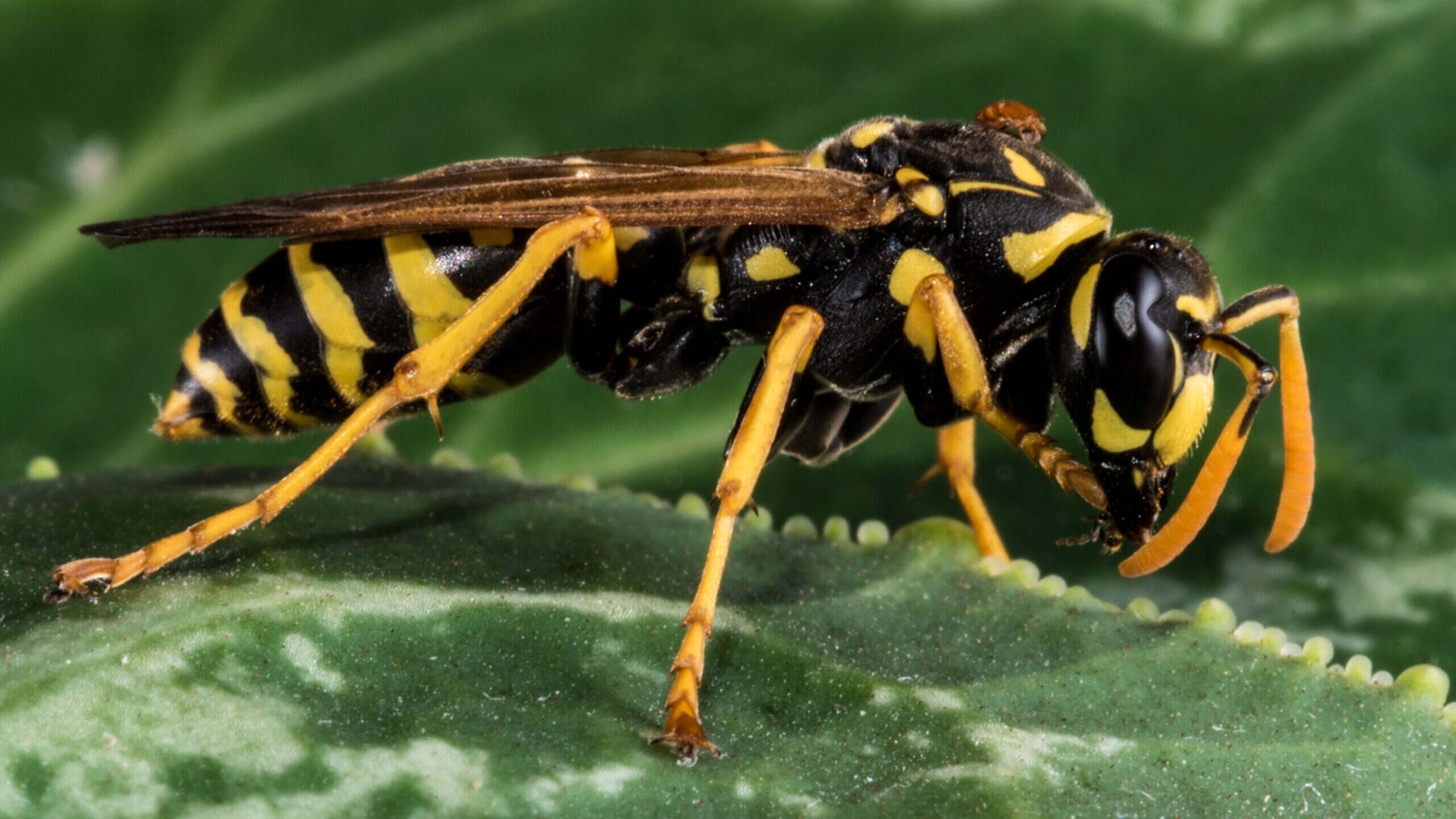
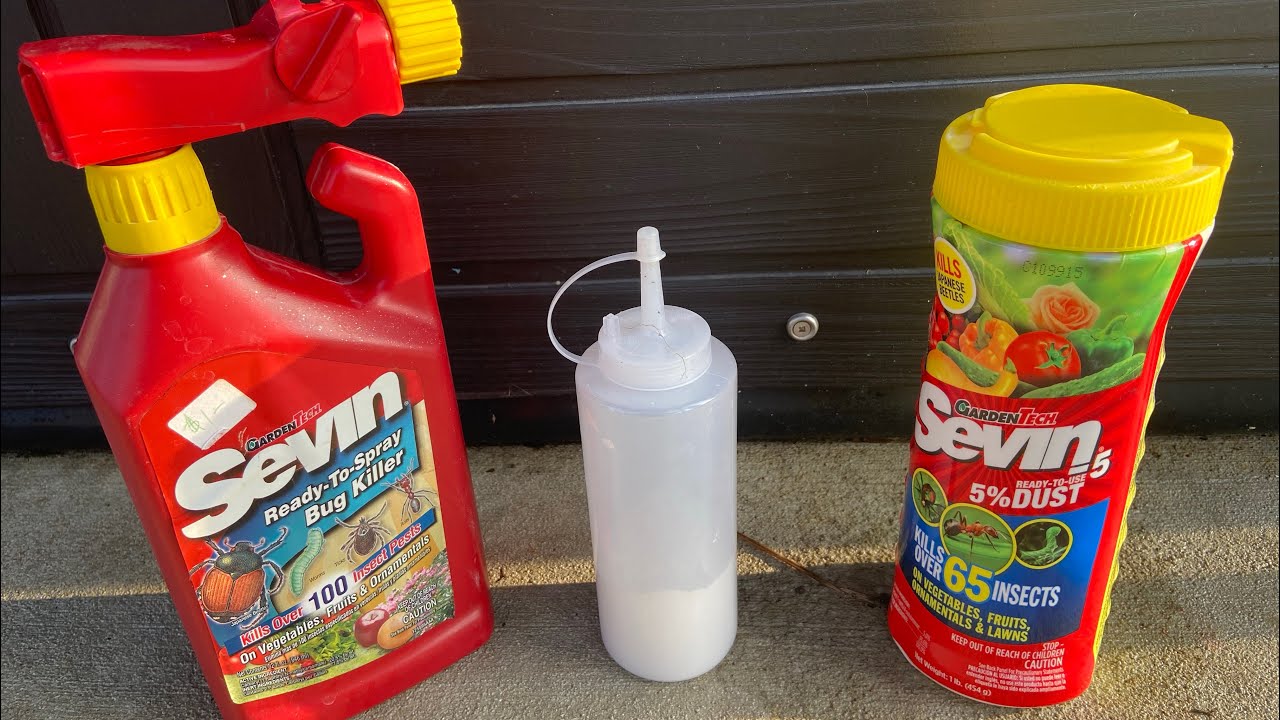
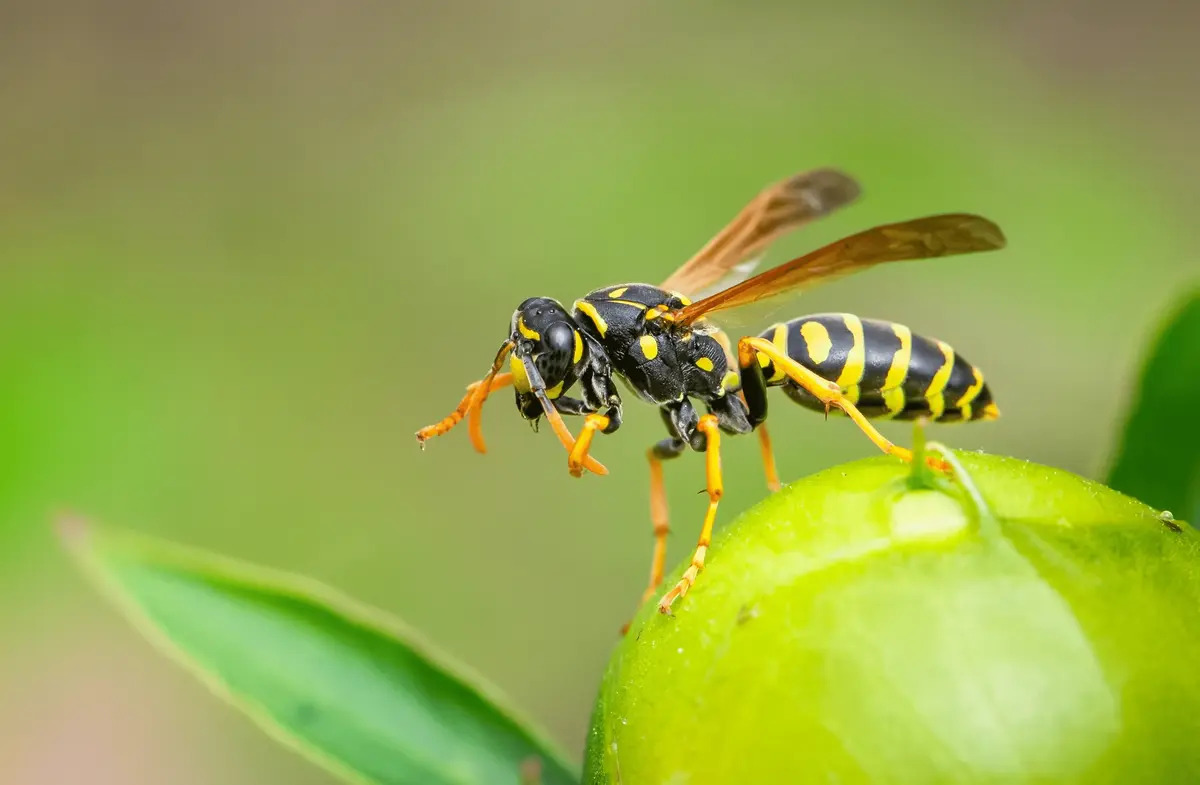
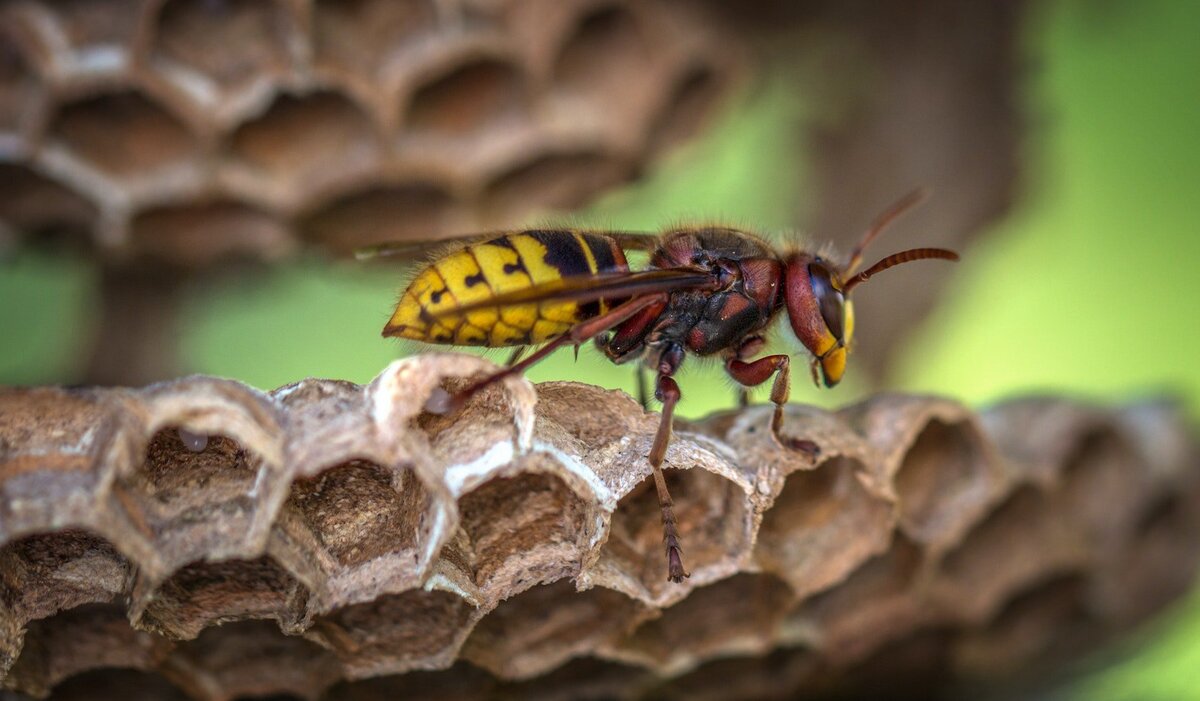
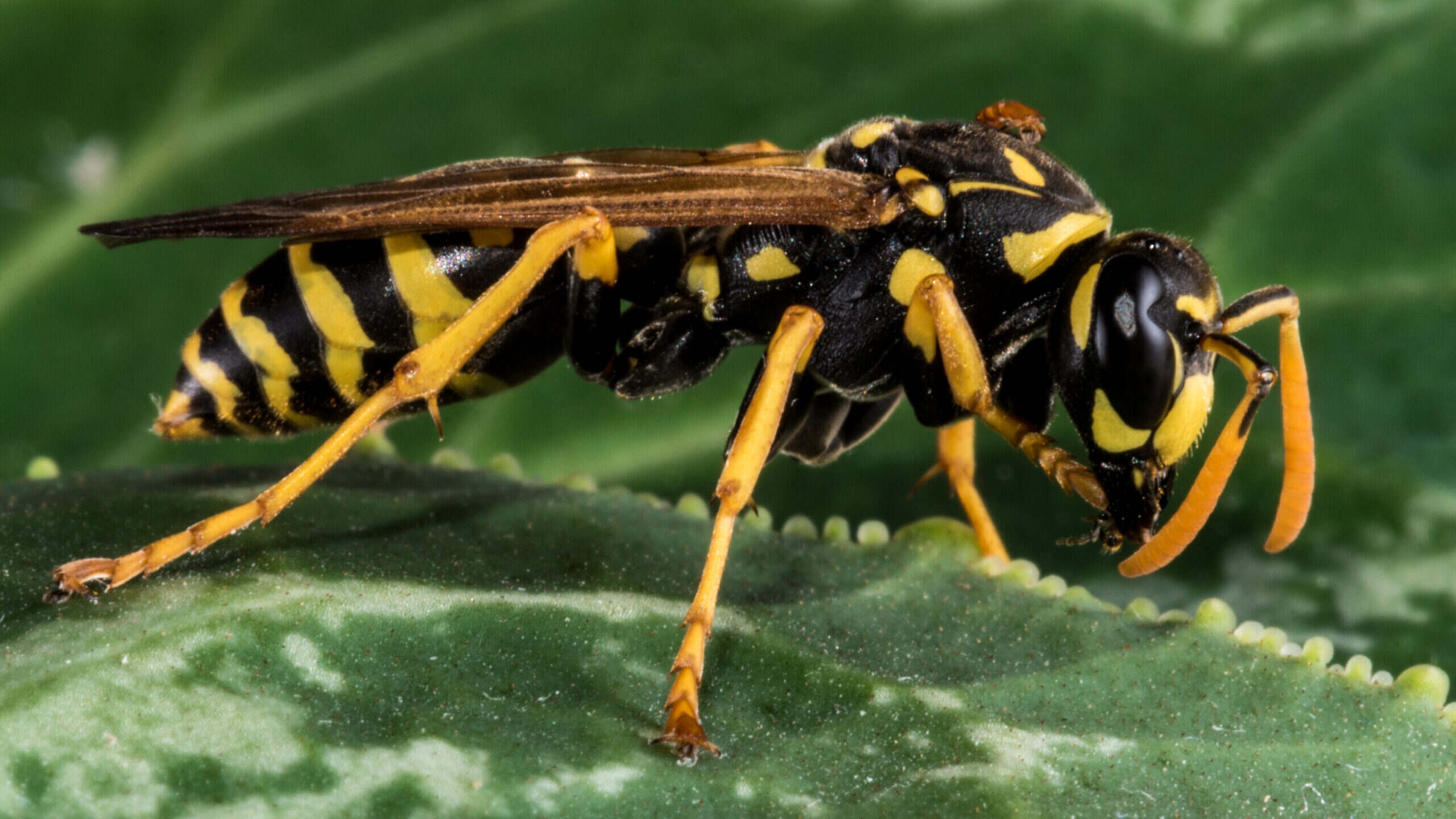
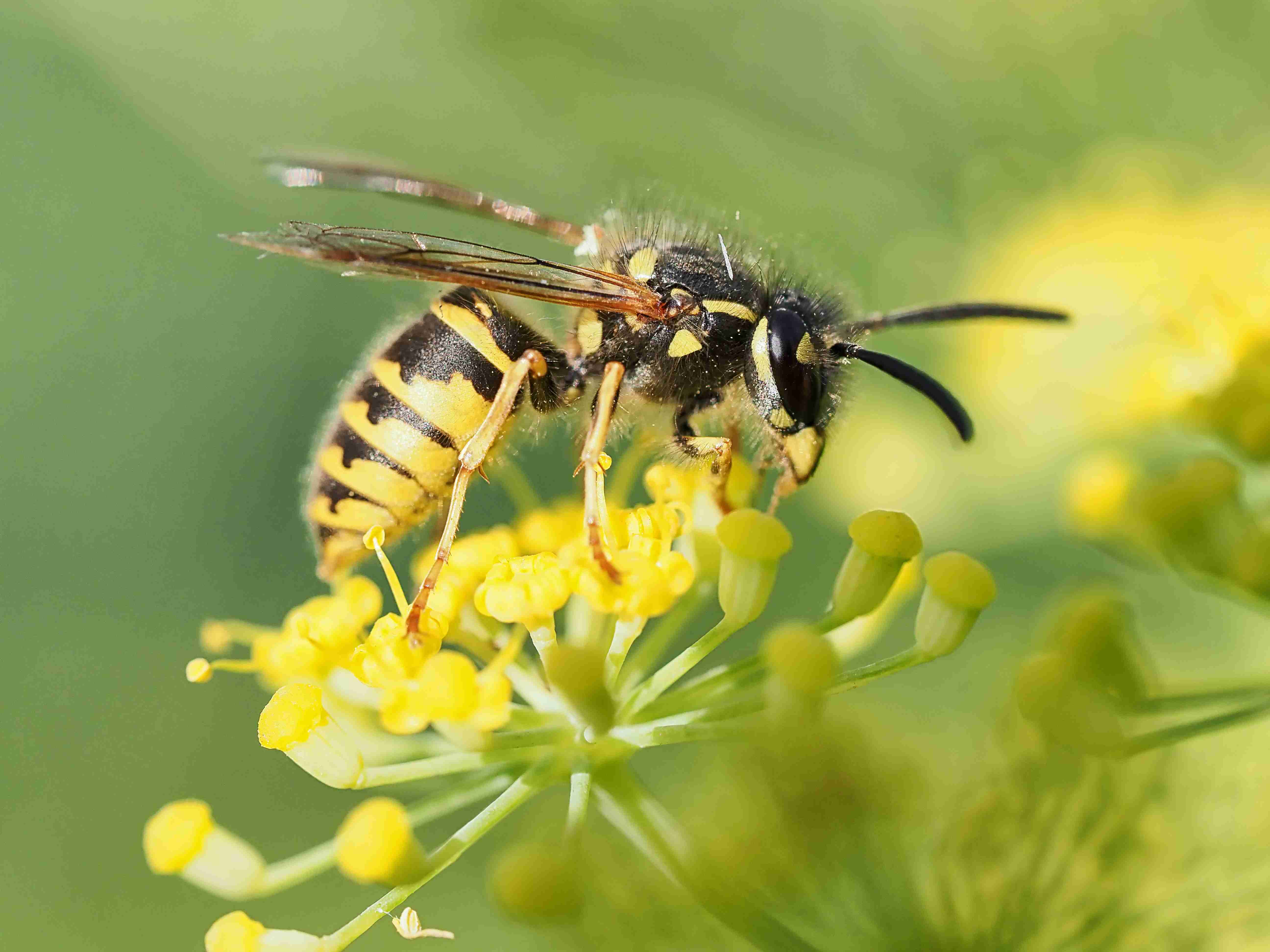
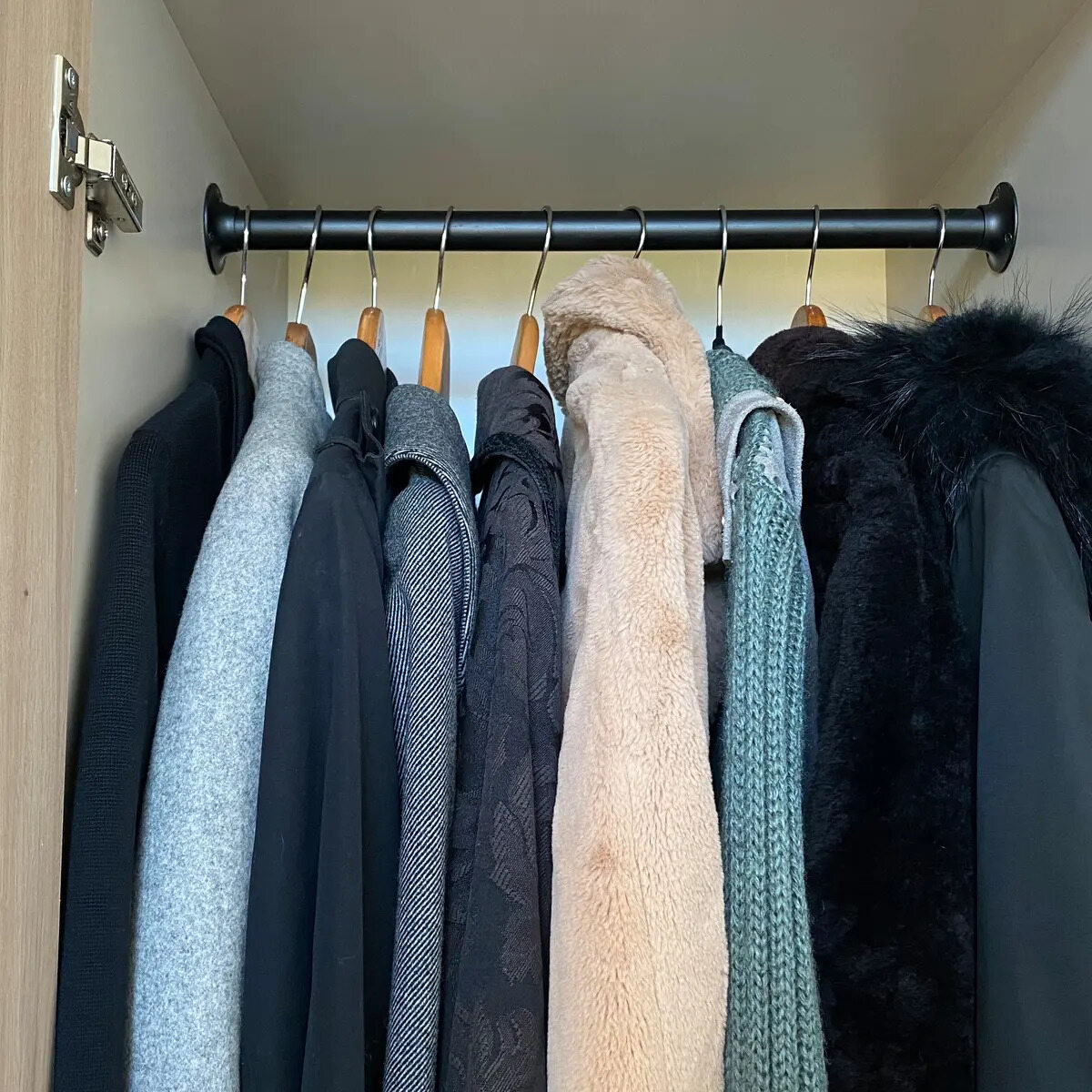

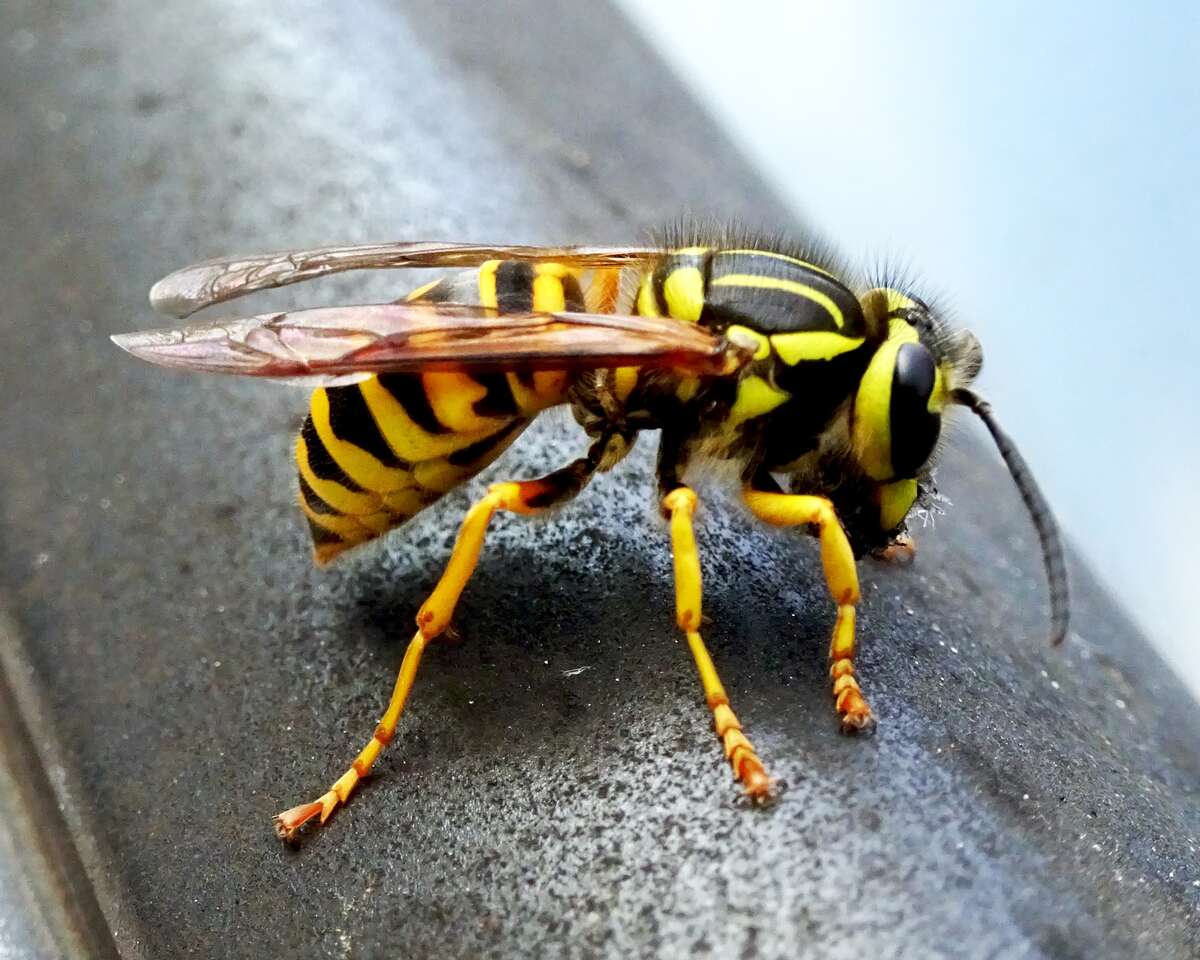
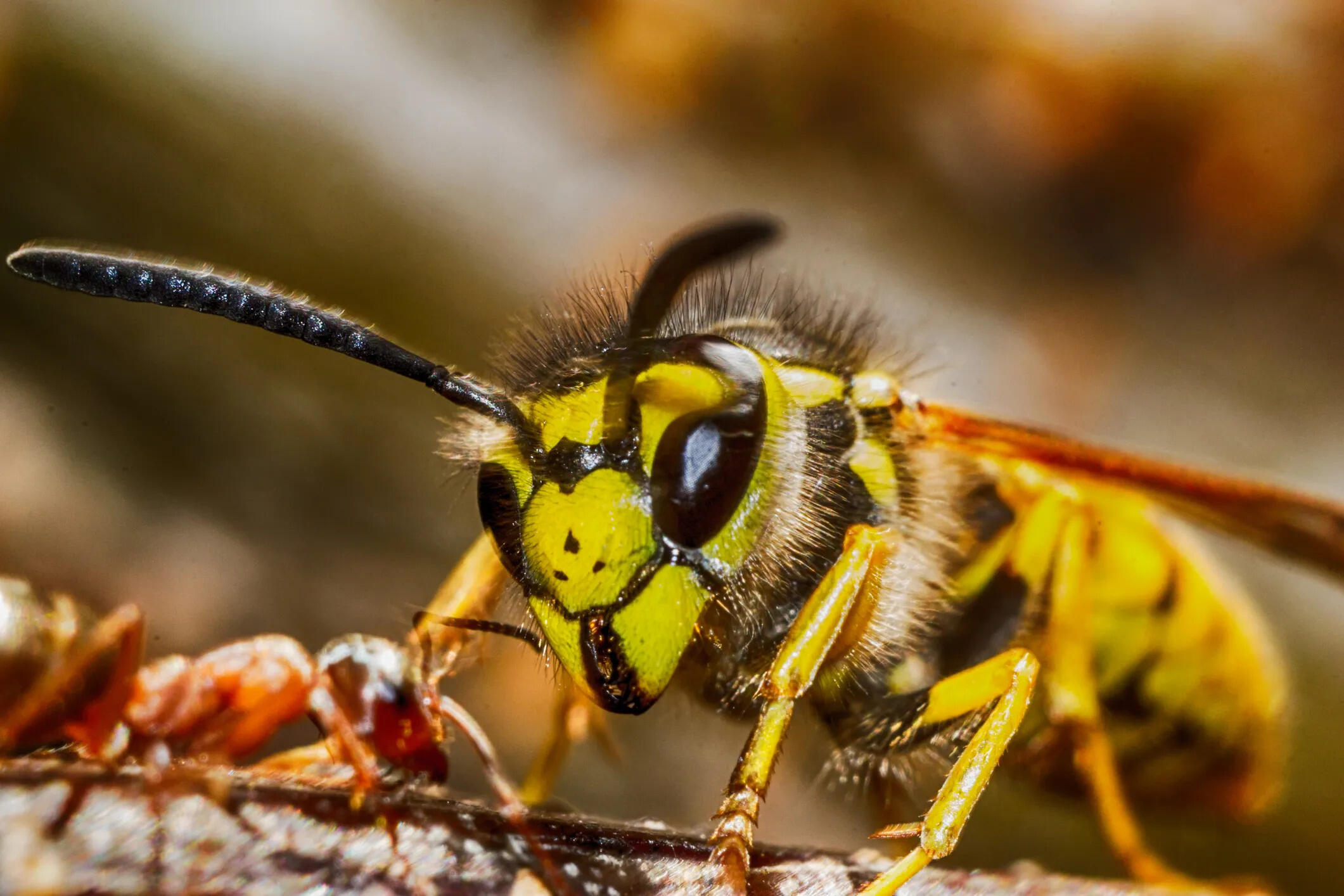
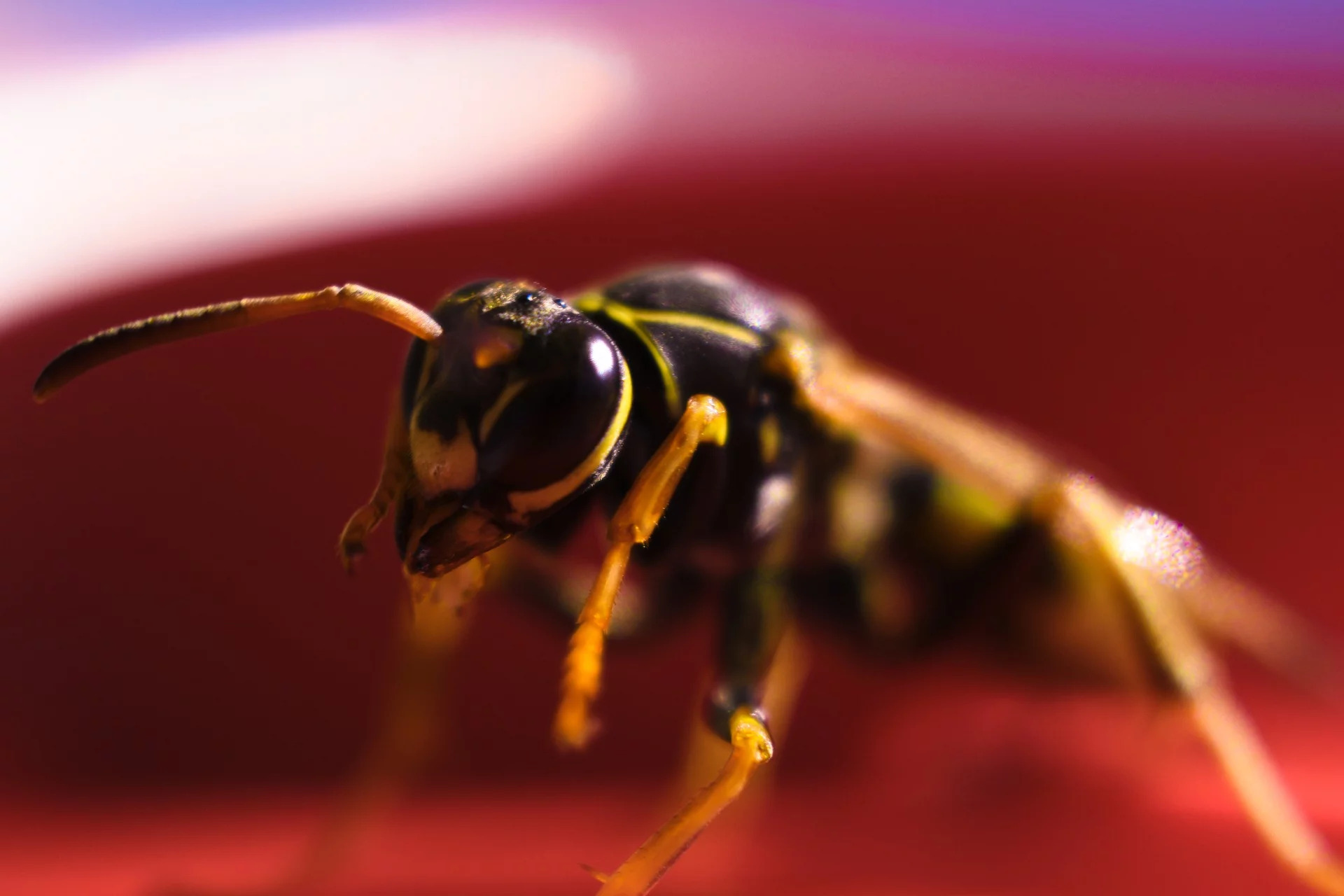
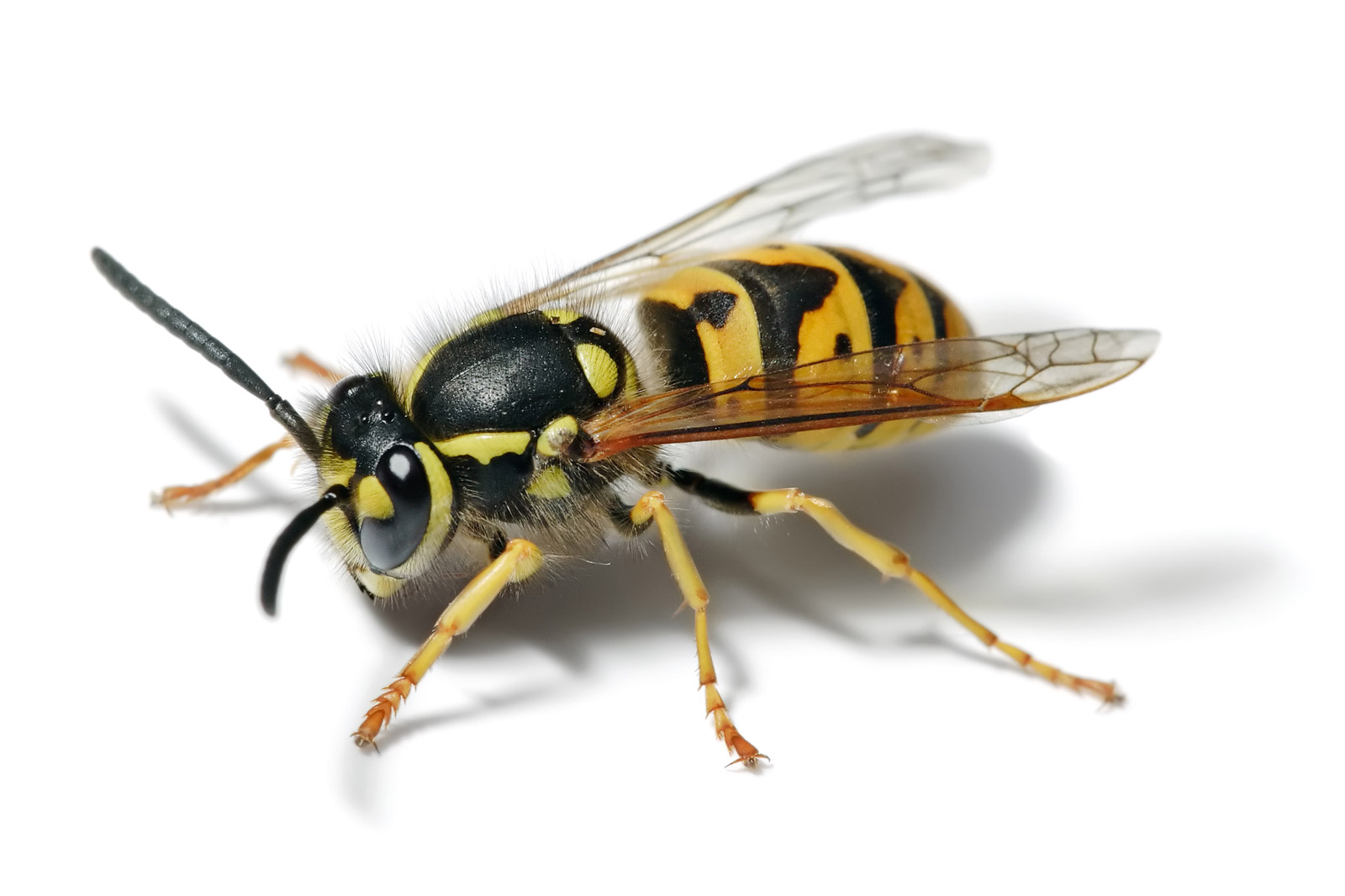
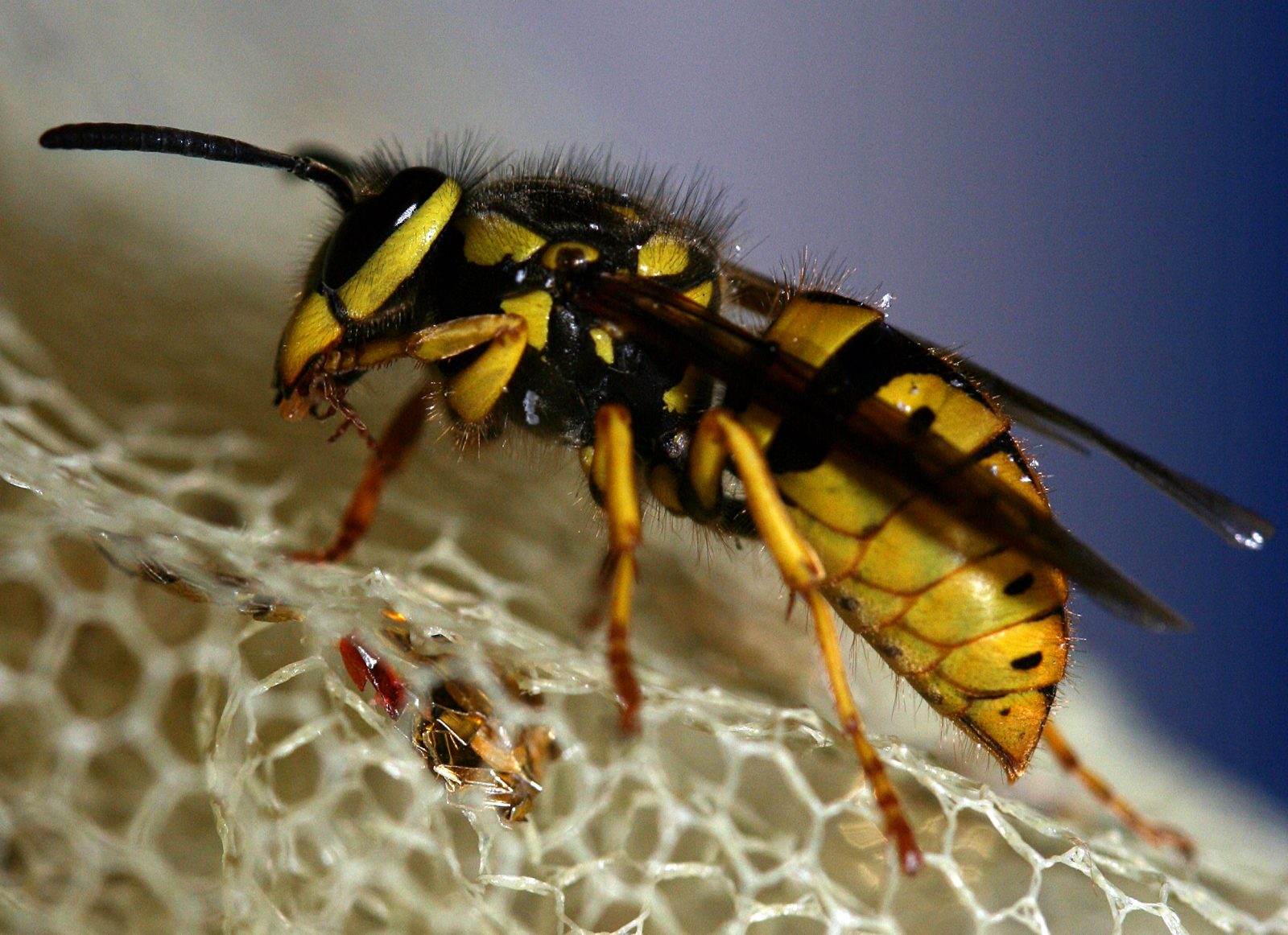
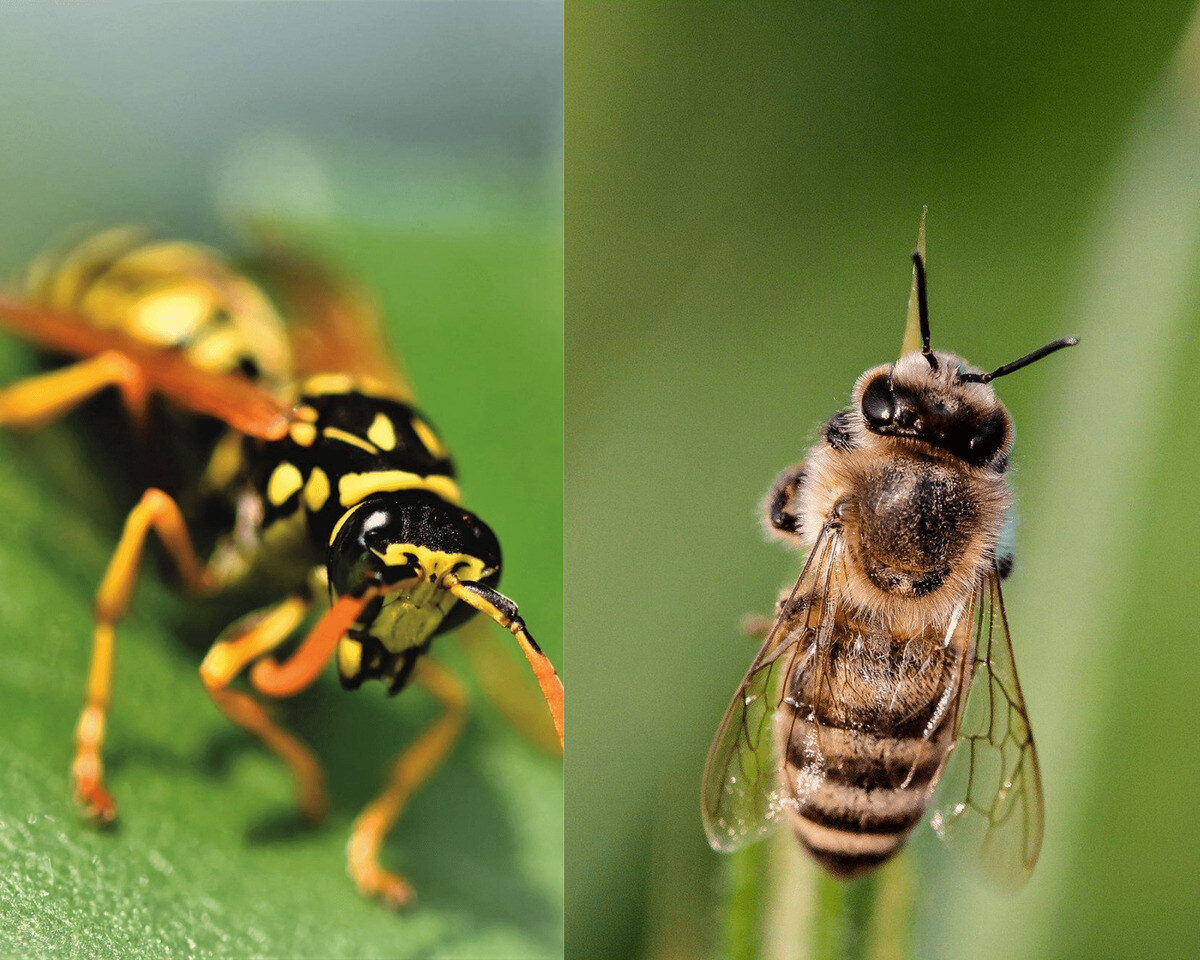

0 thoughts on “What Happens To Yellow Jackets In Winter”